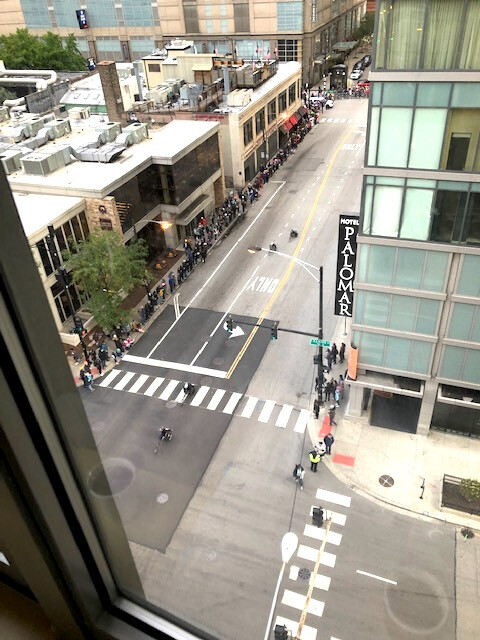Cadavers and Jellyfish
Imagine this not so fictional scenario. A recovering evangelical becomes an Episcopalian. His former tradition seemed now like restriction, a form of faith suffering from a kind of sclerosis, while the latter’s emphasis on love bespeaks generosity and vitality. The doctrinaire vs. the experiential can seem so.
But lately I have found myself thinking about endoskeletons, which in our case involve bones. You quickly realize that bones, which provide structure, do not inhibit movement, but rather make it possible. The alternative to bones is in fact the jellyfish, which in its own way is inert. Every tradition has to understand which of the more extreme alternatives it is prone to. We Episcopalians run minimal risk of rigor mortis, but of the blobular we need to keep an eye out. But in-between, as the golden mean, are bones as the condition for definition, flexibility, and mobility.
The bones I speak of are, of course, the doctrines of the triune God, and of the Christ, in the creeds, the atoning death, the bodily resurrection, salvation by faith, grace over works, sin and forgiveness, and the Kingdom of God. These need in each age to be rearticulated, and then applied so as better to understand ourselves, our time, and our world. Think of doctrines as bones, enabling flex of thought, and why they matter become self-evident.
If bones are doctrines in the Body of Christ, the Church, then how far can we take the metaphor? Further, but not too far! Prayer as the nervous system, the sacraments as blood, (as from His side), the differing gifts and callings as the muscles and sinews (Ephesians 4): these could be an answer. Of this more developed physiology we can well give a deeper account of the reality, and the summons, of love.
+GRS



